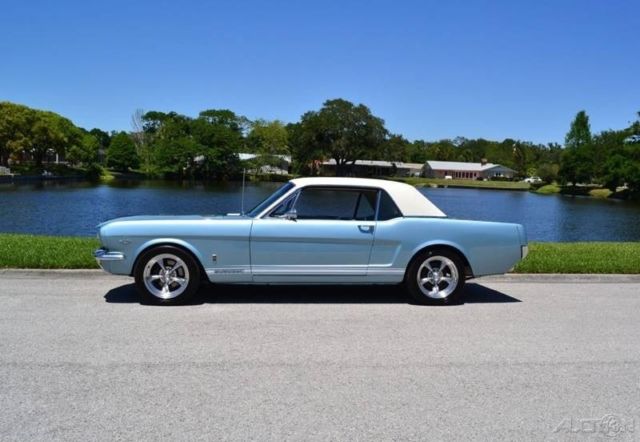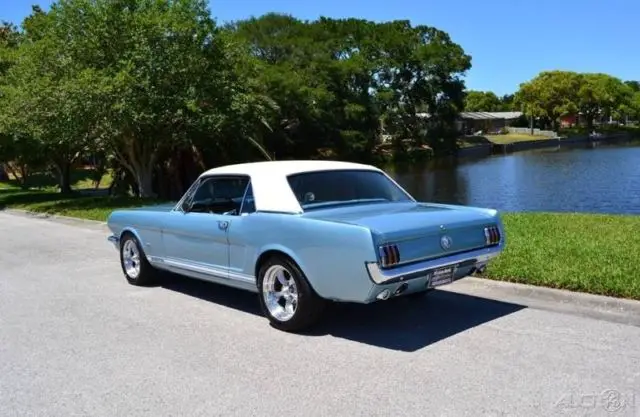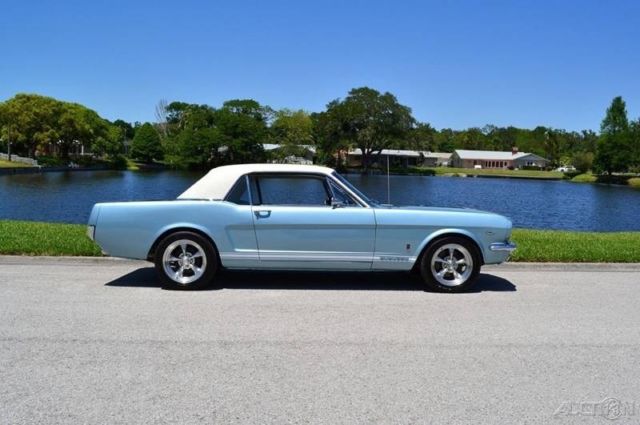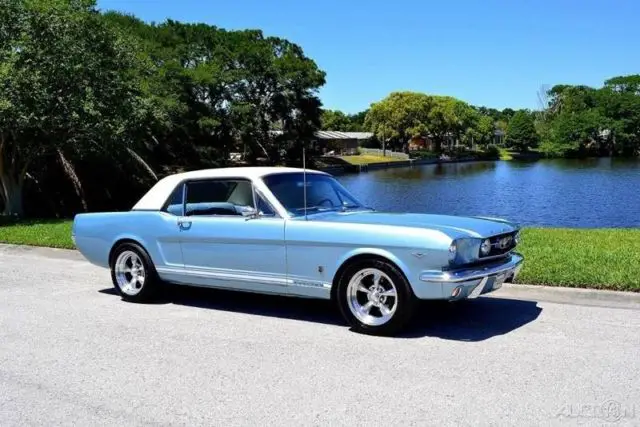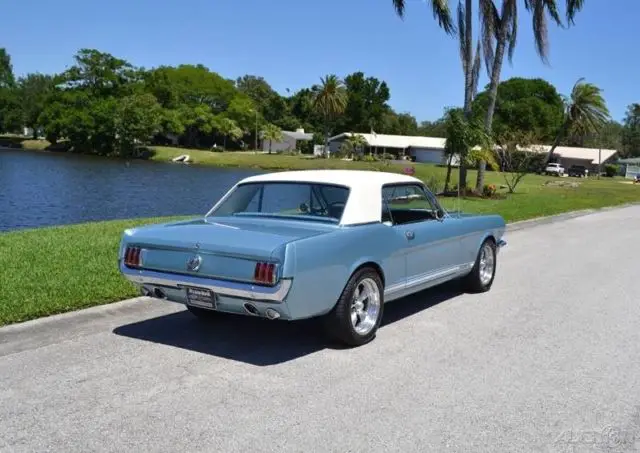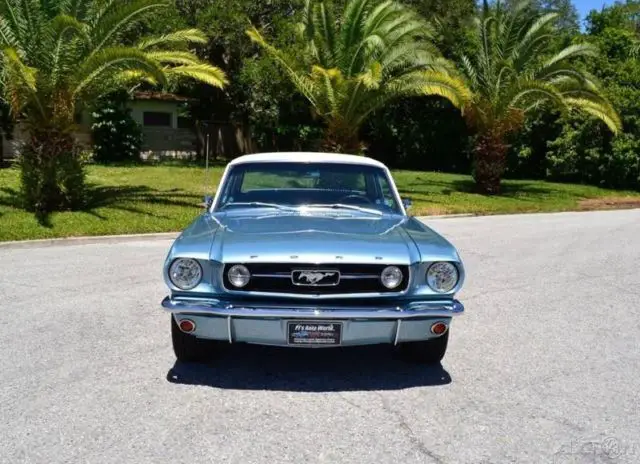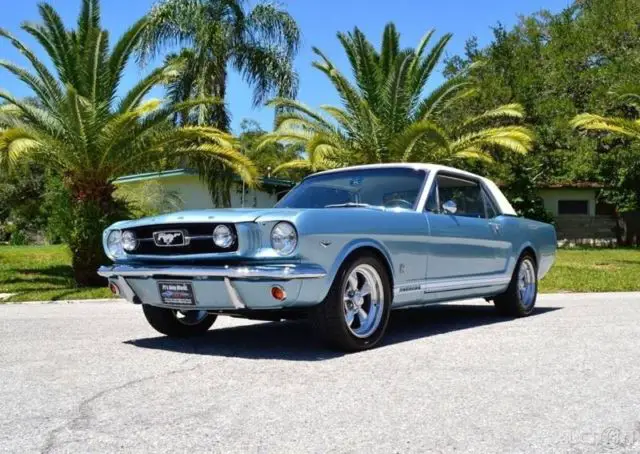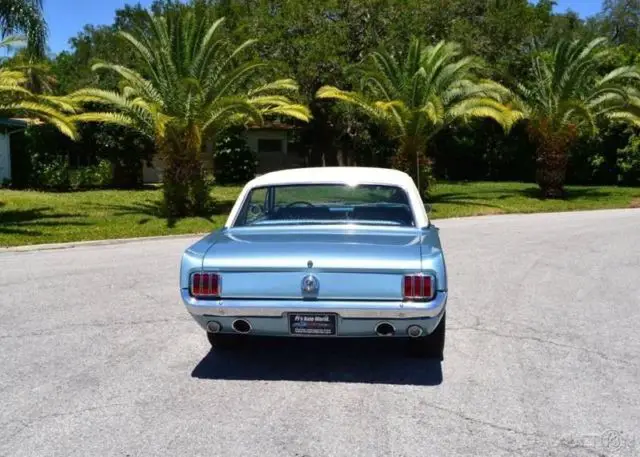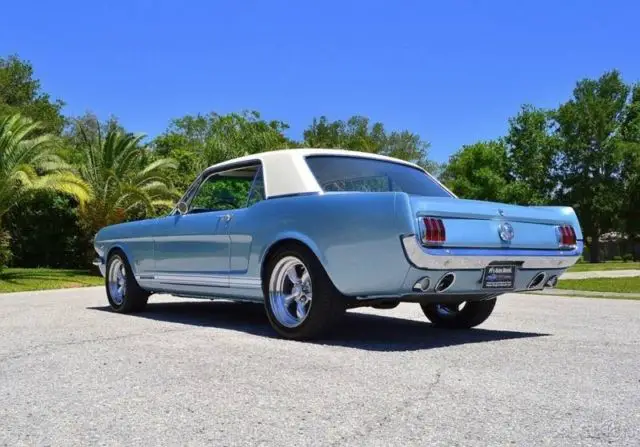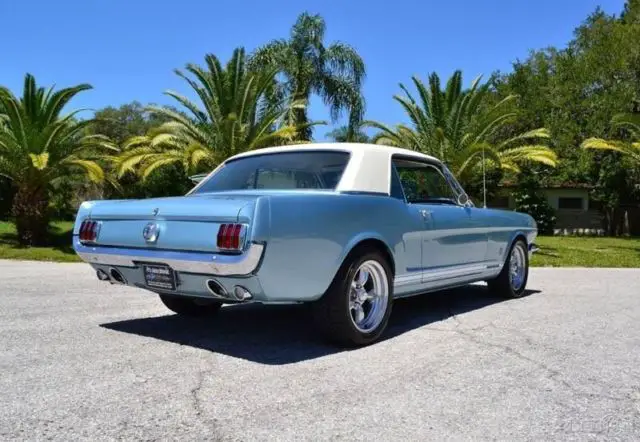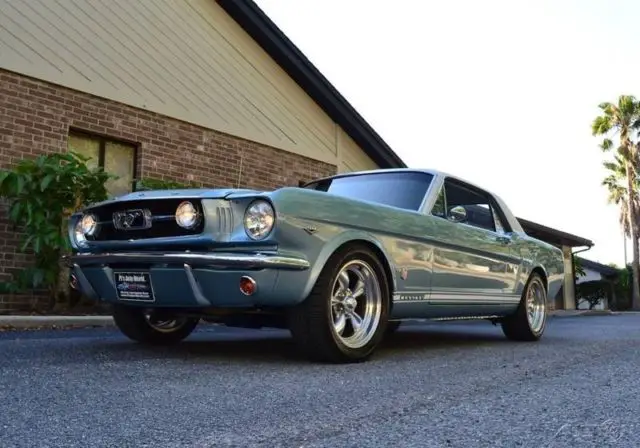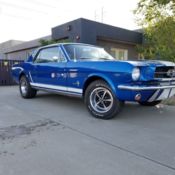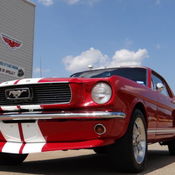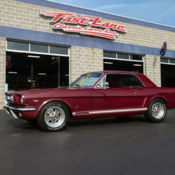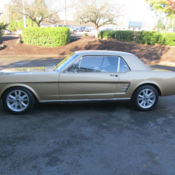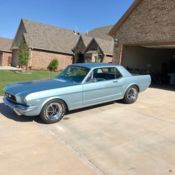1966 GT A Code Coupe Electronic fuel injected 5.0L V8 Used Manual
Price: US $37,900.00
Item location: Clearwater, Florida, United States
Description:
1966 Ford Mustang GT A Code Coupe Electronic fuel injected 5.0L V8
Restomod 1966 Ford Mustang GT A Code Coupe For Sale. Electronic fuel injected 5.0L V8 engine, chrome and aluminum engine dress up package, Unisteer rack and pinion steering conversion, front disc brakes, 16" American racing torque thrust II wheels, color code Y silver blue metallic exterior, fog light grille, accenting rocker panel stripe, white vinyl roof cover, bullet mirrors, deluxe 2 tone pony interior, 4 speed manual transmission, woodgrain steering wheel, woodgrain dash trim, Dolphin white faced gauges, Mustang logo floor mats. Beautifully restored and ready to be driven, once you hear the tone of the powerful 5.0L V8 you will be in love!!!! Price $ 37,900 Automotive History: The Ford Mustang was brought out five months before the normal start of the 1965 production year. The early production versions are often referred to as 1964½ models but all Mustangs were advertised, VIN coded and titled by Ford as 1965 models, though minor design updates for fall 1965 contribute to tracking 1964½ production data separately from 1965. With production beginning in Dearborn, Michigan, on March 9, 1964; the new car was introduced to the public on April 17, 1964 at the New York World's Fair. Lee Iacocca's assistant general manager and chief engineer, Donald N. Frey was the head engineer for the T-5 project supervising the overall development of the car in a record 18 months while Iacocca himself championed the project as Ford Division general manager. The T-5 prototype was a two-seat, mid-mounted engine roadster. This vehicle employed the German Ford Taunus V4 engine. It was claimed that the decision to abandon the two-seat design was in part due to the increase in sales the Thunderbird had seen when enlarged from a two-seater to a 2+2 in 1958. Thus, a four-seat car with full space for the front bucket seats, as originally planned, and a rear bench seat with significantly less space than was common at the time, were standard.Vehicle Details:
- Condition: Used
- Make: Ford
- Model: Mustang
- Trim: GT A Code Coupe Electronic fuel injected 5.0L V8
- Year: 1966
- Mileage: 999,999
- VIN: 6T07A138115
- Color: Blue
- Engine size: V8 5.0L
- Transmission: Manual
- Interior color: Blue
- Vehicle Title: Clear Want to buy? Contact seller!

